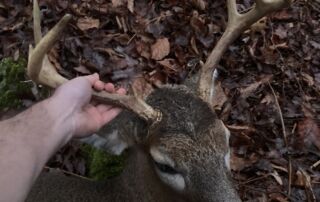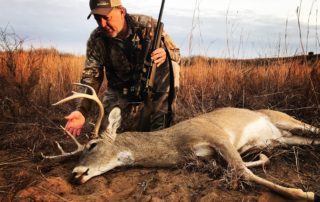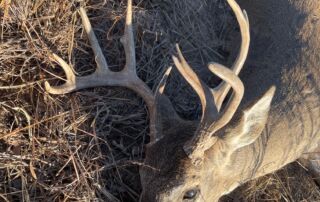Buck w/White-tipped Nose: Rarest Deer In America?
Hi Mike: I recently shot this deer in Massachusetts. I’ve never seen or heard of a deer with a nose like this. Any idea what would cause this or how common it is? The deer didn’t have any other noticeable anomalies. The nose seemed to be completely normal except for the color. Was not swollen. Thanks, Karl O. Karl, thanks for sending this. In my 40 years of studying, observing and writing about whitetails, I have never seen or heard of a deer with a solid white-tipped nose. I scoured the Internet for info and pictures, but found nothing. I ran Karl’s pictures by a couple of America’s top deer biologists, men who have observed literally tens of thousands of [...]





